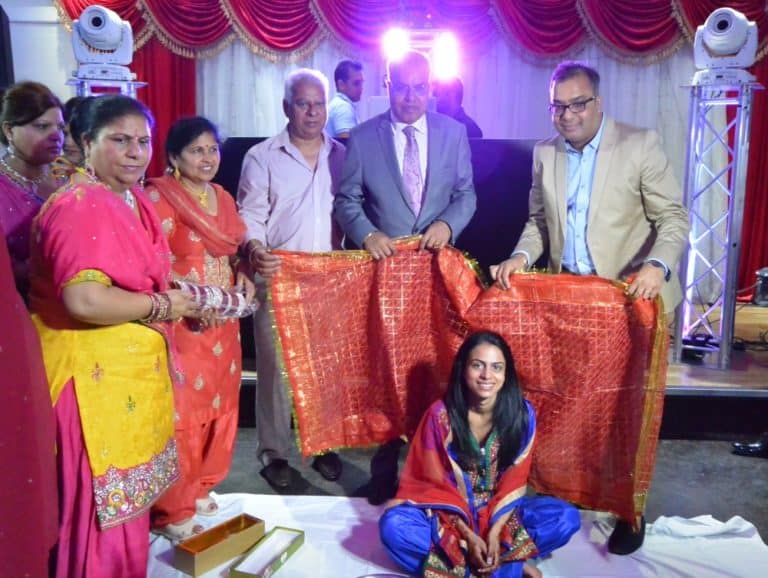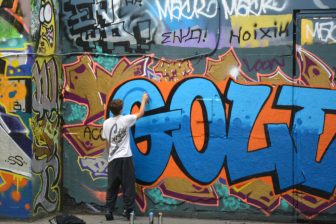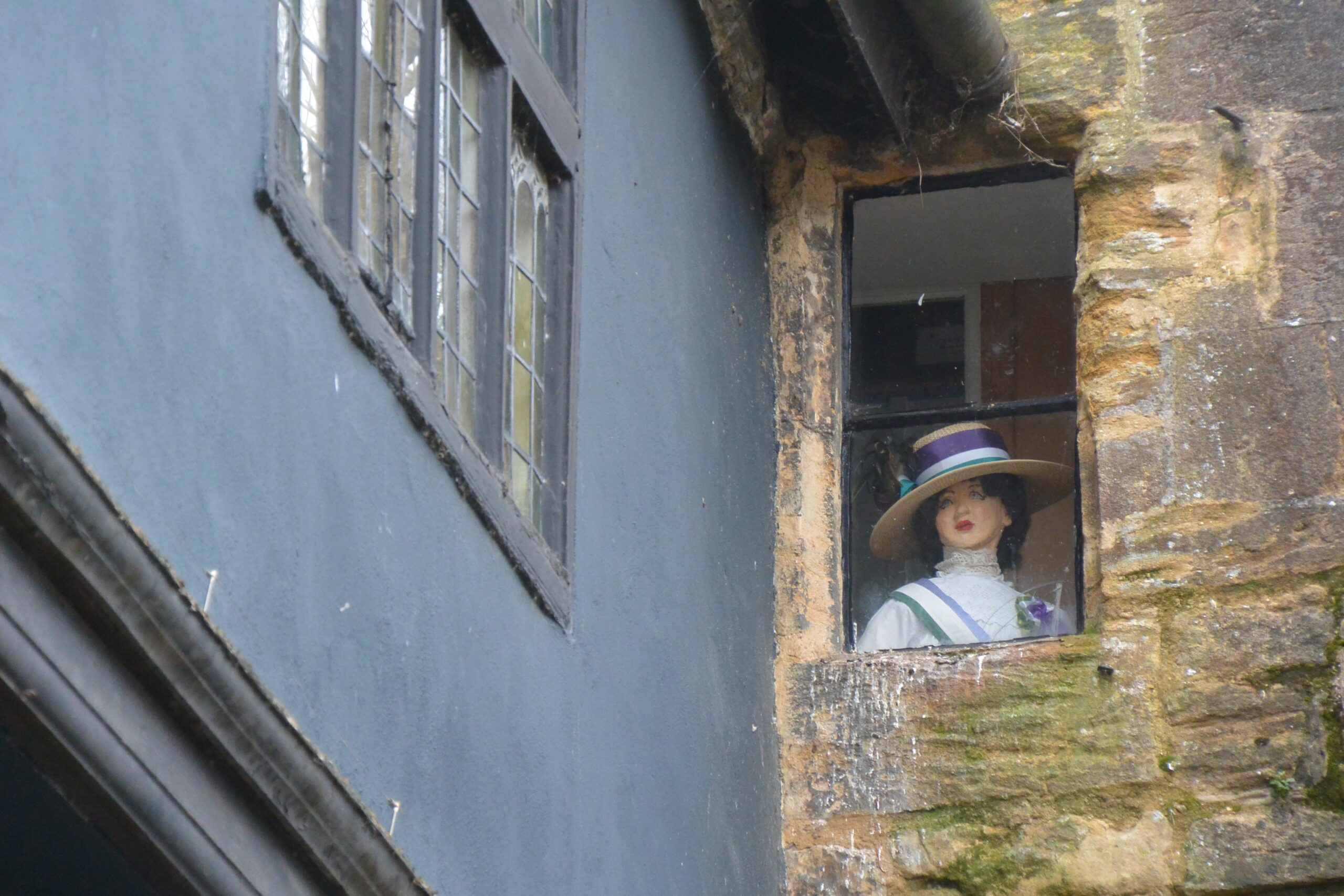
[ Ago.2015 ] Una de mis compañeras de trabajo se casó.
Nació y creció en Londres, pero ella es una india Skih.
Lo mismo ocurre con su pareja.
Por lo tanto, la boda se llevó a cabo en con la tradición Skih.
Aparentemente toda la celebracion duró alrededor de una semana en total, pero nosotros nos unimos la noche antes del gran día, aunque su familia y amigos la siguieron desde el inicio hasta el final.
Cuando llegamos a la sala, había muchas personas vestidas de diferentes colores con sus trajes indios.
La ceremonia comenzó con su abuela mostrando sus regalos a su familia.
Luego estaba la Chura, la ceremonia de los brazaletes.
Su familia y familiares le pusieron los brazaletes, poniéndolos primero en la leche.
A partir de ese momento, ella tiene que usarlos durante 40 días.
En el pasado el período era tan largo como un año.
El significado de esto es que porque el Chura es frágil, mientras que ella los estaba usando, ella no tiene que hacer ningún trabajo pesado.
Cuando llegue el momento, su marido los quita.
Parecían algunos significados en el mantón rojo en la foto, también.
Sus manos estaban decoradas con henna muy bellamente, que era totalmente diferente de la que tenía en Túnez.
Después de eso, hubo la Ceremonia de Jago.
El Jago es una olla con muchas velas (eléctricas) en ella.she is a Sikh Indian.
Ella lo puso en su cabeza y desfilaron a la pista de baile con su familia cercana con la música de la batería. Entonces toda la gente empezó a bailar.
Al parecer, en el pasado, la gente se reunió en la aldea en la noche con velas y bailó para que la gente sepa que había una boda en el día siguiente.
Así que en la víspera de bodas, la noche va alegremente como
She was born and brought up in London, but
So is her partner.
Therefore the wedding was held in the Sikh way.
Apparently it took about one week altogether, but we joined from the night before the big day when her family and friends got together.
When we arrived at the hall, there were many colourful people in their Indian costumes.
The ceremony started with her grandmother showing her gifts to her family.
Then there was the Chura, the bangles ceremony.
Her family and relatives put the bangles on her, putting them in the milk first.
From that moment on, she has to wear them for 40 days.
In the past the period was as long as one year.
The meaning of this is that because the Chura is fragile, while she was wearing them, she does not have to do any heavy work.
When the time comes, her husband removes them.
There seemed some meanings on the red shawl in the photo, too.
Her hands were decorated with henna very beautifully, which was totally different from the one I had in Tunisia.
After that, there was the Jago Ceremony.
The Jago is a pot with many candles (electric) in it.
She put it on her head and paraded to the dance floor with her close family with the music of drums. Then all of the people started dancing.
Apparently in the past, people got together in the village in the night with candles and danced to let people know that there was a wedding on the next day.
So on the wedding eve, the night goes cheerfully like this.



